Mould is an unpleasant problem that many homeowners face,
This blog will explain how mould forms in new properties, why some homes have mould issues, and how you can prevent it. We’ll also look at a case study to show a real-life example. Let’s dive into the world of mould!
How Does Mould Form in New Properties?
What is Mould?
Mould is a type of fungus that grows in damp and warm places. It can be black, green, white, or even orange. Mould releases tiny spores into the air, which can cause health problems if breathed in.
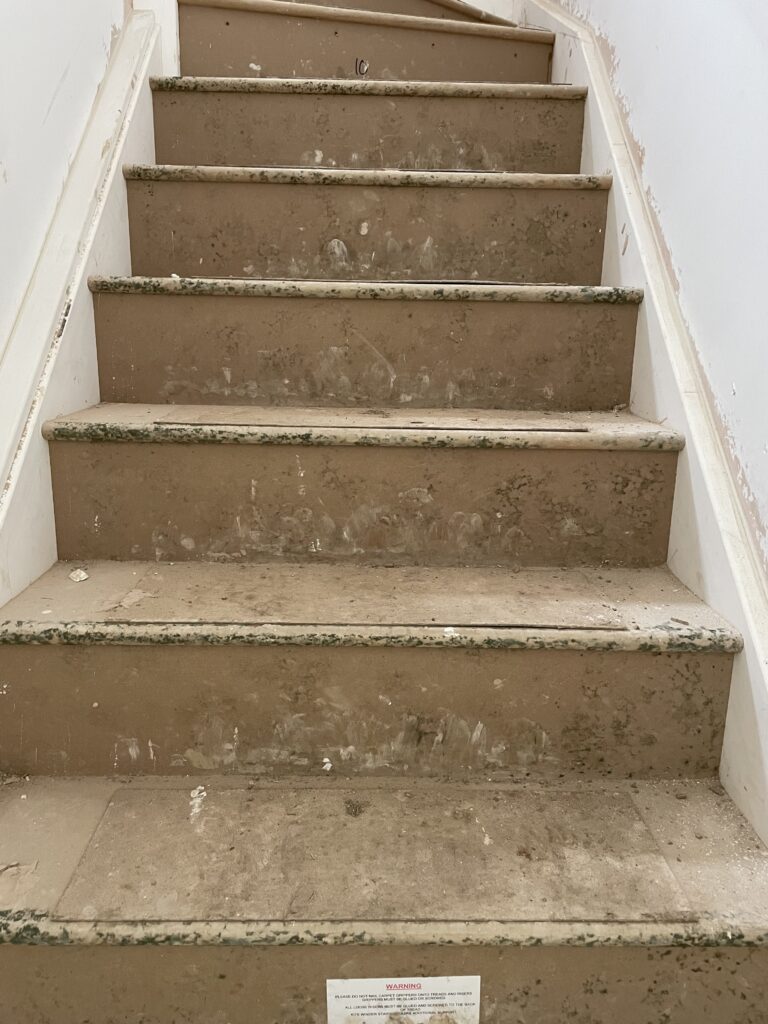
Why Do New Homes Get Mould?
You might think that mould only affects old, damp houses, but new homes can have mould too. This is because new homes are built very tightly to save energy, which means they often don’t have enough ventilation. Without proper airflow, moisture can get trapped inside, leading to mould growth.
Trapped Moisture in Materials
Wet Building Materials
When a house is being built, materials like wood, plaster, and insulation can get wet from rain or construction processes. If these materials don’t dry out completely before the house is finished, they can hold onto moisture. This trapped moisture creates a perfect environment for mould to grow.
Unventilated Spaces
New homes often have unventilated spaces like attics, basements, and corners of rooms. Without proper ventilation, these areas stay damp and warm, making it easy for mould to thrive.
Preventing Mould in New Homes
Adequate Ventilation
To stop mould, it’s important to have good ventilation in your home. This means making sure that fresh air can circulate throughout the house. Ventilation helps to dry out any moisture that might be trapped inside.
Leaving Windows Partially Open
One simple way to improve ventilation is by leaving windows partially open. Even a small gap can make a big difference in letting moist air escape and fresh air come in.
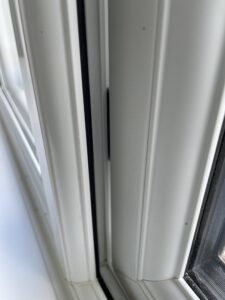

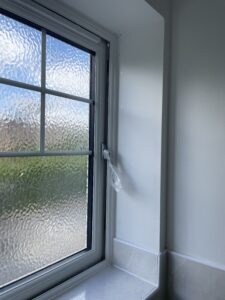
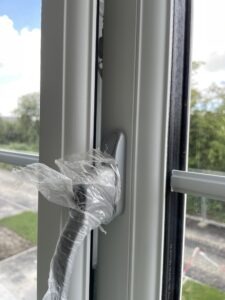
Maintaining Adequate Air Temperature
Keeping your home at the right temperature is also important. If your home is too cold, moisture can condense on walls and windows, creating a damp environment where mould can grow. Keeping a steady, warm temperature can help prevent this.
Case Study: The Khan Family’s New Home
The Khan family moved into their brand-new home and soon noticed signs of mould. They hired a home surveyor who checked the moisture levels in the house and conducted a thermal scan. This detailed report highlighted areas of concern, which the Khans used to raise issues with their developer. This proactive approach helped them address the problem before it worsened.
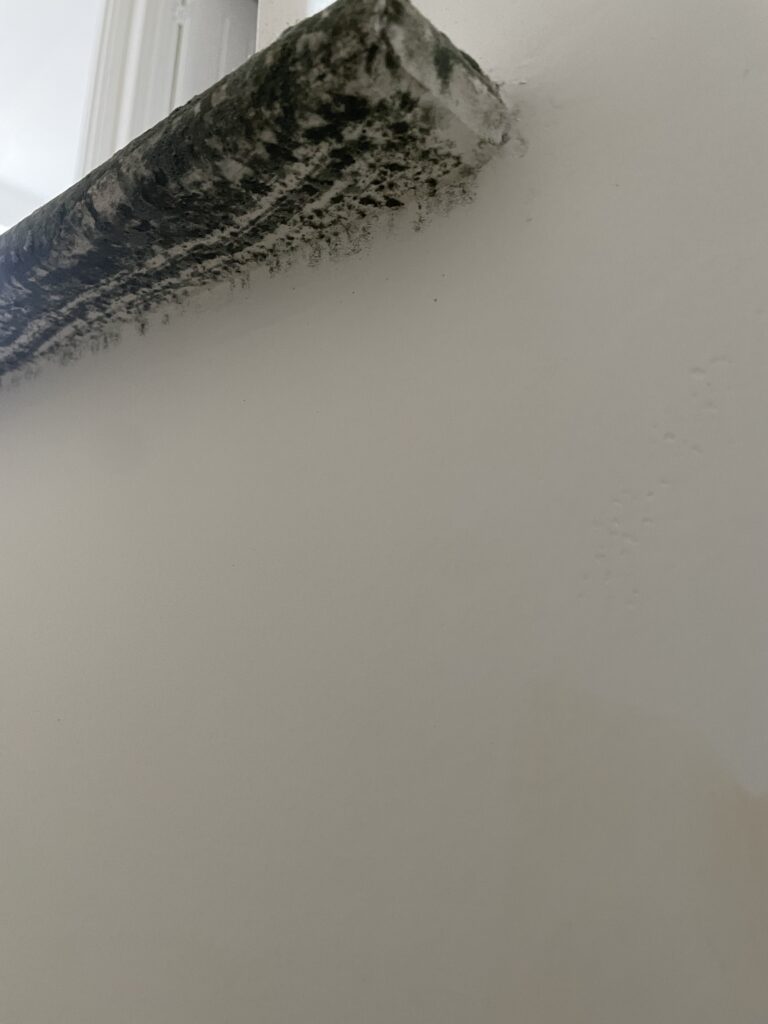
Conclusion
Mould in new build homes can be a big problem, but understanding how it forms and how to prevent it can make a huge difference. By ensuring good ventilation, keeping windows open, and maintaining a warm temperature, you can protect your home from mould. Remember the story of the Khan family and take steps to keep your home mould-free. For more information on preventing mould, you can visit NHS guidelines on mould.
By taking these steps, you can ensure your new home stays fresh, clean, and healthy for you and your family.
Helpful Links:
Remember, preventing mould is about keeping your home dry and well-ventilated. Stay proactive, and you’ll keep mould at bay!
Book a snagging inspection we monitor moisture & conduct thermal scans
Are you moving into a new build home or have you recently moved in? Don’t let mould catch you off guard! Ensure your home is free from hidden moisture problems by booking a new build snagging survey with New Homes Inspections. A professional inspection can identify potential issues before they become serious problems.
Book your new build snagging survey now and enjoy peace of mind in your new home!

Very wonderful information can be found on blog.Raise blog range
I was just as enthralled by your work as I was by yours! The visual display is polished, and the text content is of high quality. However, you appear to be concerned about presenting something the audience may believe is questionable. I believe that you will be able to correct this difficulty immediately.